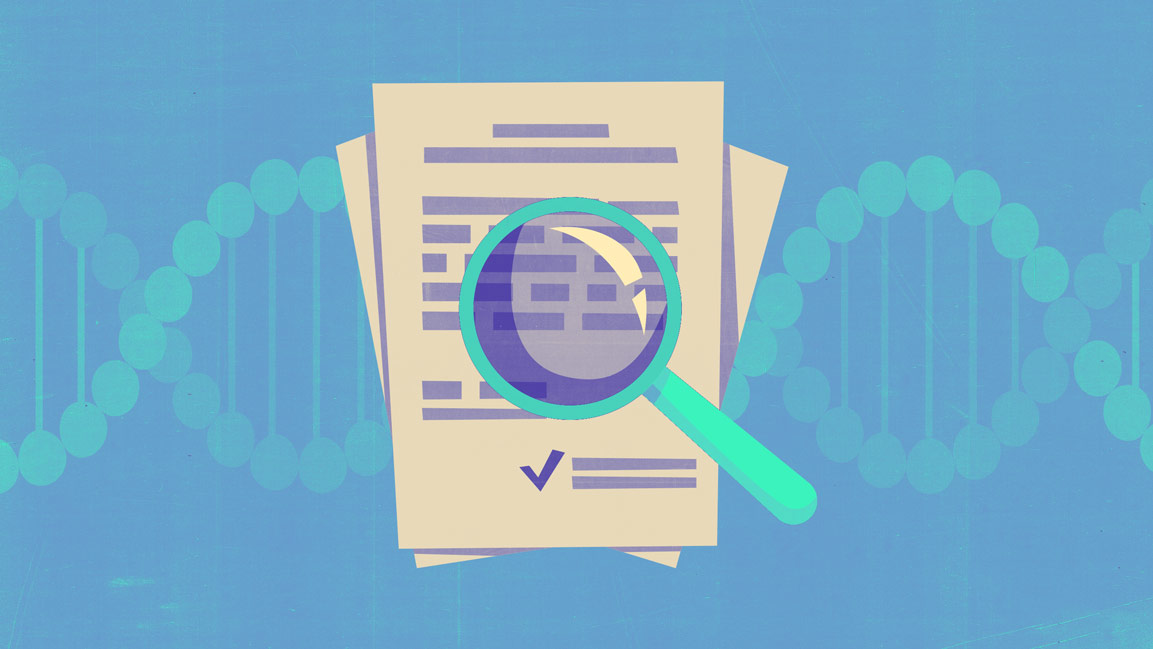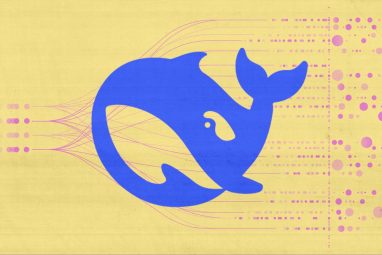How Organized Fraud Is Eroding the Foundations of Science
Scientific fraud is growing ten times faster than legitimate research, driven by coordinated networks that bypass peer review
News
- TCS Sets Sights on Becoming World’s Largest AI-Led IT Services Firm
- OpenAI Rebuilds Around Audio in Push Toward Voice-First AI
- DeepSeek Signals Next AI Model Direction With New Training Research
- Musk’s xAI Buys Third Data Center Site to Expand Computing Capacity
- AI May Add $1.7 Trillion to India’s Economy by 2035
- Reliance lays out draft AI manifesto, signals shift to AI-native operating model

Scientific fraud isn’t what it used to be. It’s no longer just a few individuals cutting corners or faking data in isolation.
A new study published this week in the Proceedings of the National Academy of Sciences shows the fraud is now being driven by large, organized networks of authors, editors and brokers working together to publish fake studies at scale.
“These trends forecast serious risks ahead for the scientific enterprise,” wrote Reese Richardson, Spencer Hong, Jennifer Byrne, Tiago Soares, and Luís Amaral, the authors of the study. “Large groups of editors and authors appear to have cooperated to facilitate publishing fraud. Networks of linked fraudulent articles suggest industrial scale of production.”
Their analysis found that just 0.25% of journal editors were responsible for more than 30% of retracted papers at one major journal.
Some editors repeatedly accepted each other’s submissions, often within unusually short timeframes. Many of the flagged papers used the same images, structures, and statistical templates.
“Defection is no longer an individual act. It is a collective enterprise,” the authors wrote.
They estimate that the number of fraudulent papers is now doubling every 1.5 years, far faster than the growth of legitimate science.
“The scale of activity in the enterprise of scientific fraud already exceeds the scope of current punitive measures designed to prevent fraud,” they noted.
While artificial intelligence was not the focus of the study, the authors flagged it as a growing concern.
“Large language models hold the promise to help encapsulate the knowledge in the scientific literature for the use of scientists and the lay public,” they wrote. “However, such approaches are not yet able to distinguish quality science from poor quality or fraudulent science, and this task only becomes more difficult as the number of fraudulent scientific publications increases.”




